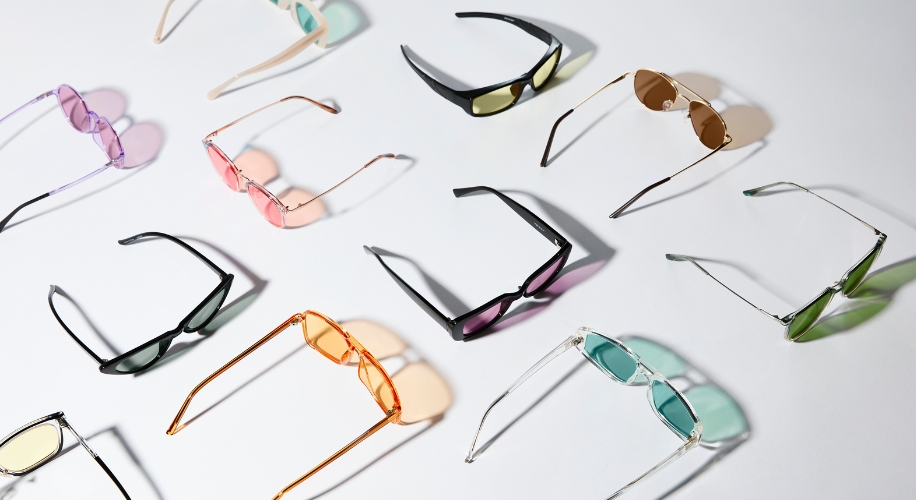The Role of Blue Light Protection at Work
- BY Dr. Steven Liem
- IN Eye Health

With the advent of digital technology, blue light exposure has become a prominent concern, especially in the workplace. Long hours spent in front of digital screens can lead to a series of eye-related issues, including digital eye strain and more. In response, blue light protection has emerged as a vital aspect of maintaining eye health in modern work environments. This article explores the significance of blue light protection at work and how you can protect your eyes effectively.
Understanding Blue Light and Its Effects
Blue light is part of the visible light spectrum that reaches deeper into the eye, thereby having the potential to cause damage. Extended exposure to blue light can lead to symptoms of eye strain, blurry vision, difficulty focusing, and even retinal damage in extreme cases. Given that many of us spend considerable time in front of digital screens at work, protecting against blue light is crucial.
Eye Fatigue and Discomfort
As our eyes are not naturally equipped to filter out blue light, prolonged screen time can cause eye fatigue and discomfort. This is often characterized by dry, irritated eyes, headaches and neck or back pain. The phenomenon is so common that it has been termed as ‘digital eye strain’ or ‘computer vision syndrome’.
Sleep Disruptions
Blue light can also interfere with the production of the sleep hormone melatonin, leading to disrupted sleep patterns and even insomnia. This can further exacerbate eye fatigue, making it even more essential to manage blue light exposure, especially during the hours leading up to bedtime.
Blue Light Protection Strategies

Fortunately, there are several strategies that can help you protect your eyes from blue light at work. Implementing these measures can help ensure eye comfort and health even with extensive screen time.
- Computer Glasses: Computer glasses with blue light filtering capabilities are an effective solution. These glasses filter out a portion of the harmful blue light, reducing eye strain and promoting better sleep.
- 20-20-20 Rule: This rule suggests that for every 20 minutes spent looking at a screen, you should spend 20 seconds looking at something 20 feet away. This gives your eyes a much-needed break and reduces the symptoms of digital eye strain.
- Screen Position: The position of your screen can also affect eye strain. Ideally, the computer screen should be 20-30 inches away from your eyes with the center of the screen approximately 15-20 degrees below eye level.
Final Word on Blue Light Protection
While completely avoiding digital screens in the modern workplace is unrealistic, it’s essential to take steps to protect your eyes from excessive blue light exposure. Whether it’s by investing in blue light glasses, adjusting your work setup, or simply taking regular breaks, every effort can contribute to better eye health in the long run. Remember, your eyes are your window to the world – take good care of them!

